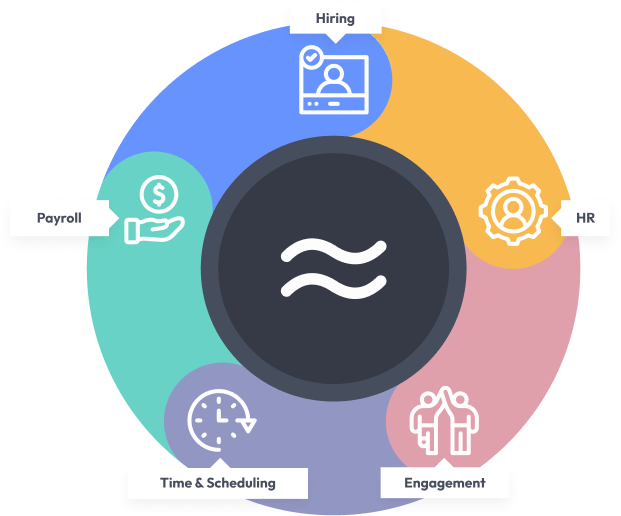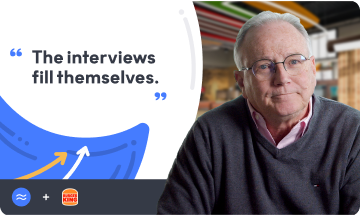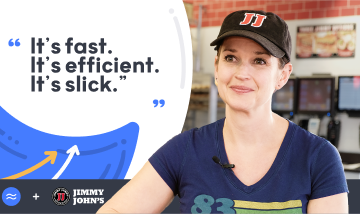How to Hire Shipping Coordinators: A Practical Guide for Small Businesses
If you’ve ever tried to hire shipping coordinators for your business, you know it’s not as simple as putting up a “Help Wanted” sign and hoping for the best. Shipping coordinators are the unsung heroes of the supply chain—juggling schedules, tracking inventory, and communicating with everyone from truck drivers to warehouse managers. And let’s be honest, finding the right person for this job can feel a bit like searching for a needle in a haystack, especially when you’re competing with big players for top talent. So, how do you set yourself up for success? Let’s break it down, step by step.
Why Shipping Coordinators Matter (And Why Hiring Them Is Tricky)
First off, let’s talk about why these roles are so critical. Shipping coordinators are the glue that keeps your logistics running smoothly. They’re responsible for making sure products get where they need to go, on time and in one piece. If you’ve ever had a shipment go missing or arrive late, you know how much chaos that can cause—lost revenue, unhappy customers, and a whole lot of stress.
But here’s the thing: high turnover and competition for skilled logistics staff make it tough to recruit and retain great shipping coordinators. According to industry research, replacing a front-line logistics employee can cost you thousands in lost productivity and training. That’s money most small businesses can’t afford to throw away.
What Makes a Great Shipping Coordinator?
- Strong organizational skills—think of them as the air traffic controllers of your warehouse.
- Excellent communication—coordinating between suppliers, drivers, and customers isn’t for the faint of heart.
- Problem-solving ability—because let’s face it, things rarely go as planned in logistics.
- Comfort with technology—digital tools are now the backbone of modern shipping operations.
Honestly, if you find someone who checks all those boxes, you’re halfway to winning the logistics lottery.
Step-by-Step: How to Recruit Shipping Coordinators Who Stick Around
Crafting the Right Job Description
Start with a clear, compelling job post. Highlight not just the duties, but also the perks—flexible schedules, growth opportunities, or even daily pay access. For inspiration, check out these job posting examples and tips for employee handbooks to ensure you’re covering all the essentials. And don’t forget to call out benefits: according to DoorDash research, benefits packages are a major draw for hourly and logistics workers.
Where to Find Candidates
- Online job boards and platforms like Indeed remain popular, but don’t overlook social media—Facebook groups and even Instagram can be goldmines for local talent.
- Employee referrals: Encourage your current team to recommend people they trust. This often leads to better cultural fit and lower turnover, as highlighted in SHRM’s referral program guide.
- Industry-specific platforms: For logistics roles, consider niche job boards or candidate sourcing resources tailored to supply chain professionals.
Screening and Interviewing: Go Beyond the Resume
Here’s where things get interesting. Don’t just focus on past experience—dig into how candidates solve problems and handle pressure. Use STAR interview techniques and cultural fit questions to see how they’d handle real-world scenarios. If you ask me, attitude and adaptability often matter more than years on the job.
Automated screening tools, like those found in Workstream’s hiring automation suite, can help you quickly identify top candidates and reduce time-to-hire by half—saving you precious hours (and headaches).
Onboarding and Retaining Your Shipping Coordinators
Onboarding: Don’t Just Throw Them in the Deep End
Once you’ve made a hire, set them up for success with a structured onboarding process. Use onboarding templates and mobile-friendly checklists to help new hires get up to speed fast. According to recent onboarding statistics, businesses that invest in proper onboarding see higher retention and productivity from day one.
Retention: Keep Your Team Happy and Engaged
- Offer competitive pay and benefits. Research from Modern Restaurant Management shows that pay transparency and perks go a long way in reducing turnover.
- Provide opportunities for growth—think cross-training or promotion paths to supply chain coordinator or logistics manager roles.
- Use digital scheduling tools like 24-hour schedule templates to give employees more control over their shifts. Flexibility is huge for today’s workforce, as highlighted by research on work-life balance.
- Recognize achievements—sometimes a simple thank you or a shout-out can work wonders. For more ideas, see this guide on employee motivation.
And if you’re worried about compliance (who isn’t, these days?), digital HR tools can help you track hours, maintain records, and avoid costly mistakes. The Department of Labor has clear guidelines on what you need to keep—don’t leave it to chance.
Common Pitfalls (And How to Dodge Them)
It’s easy to fall into a few traps when hiring logistics staff. Maybe you rush the process and end up with someone who’s not a good fit. Or perhaps you neglect onboarding, and your new hire is left floundering. Sometimes, you might even miss out on great candidates because your job post doesn’t stand out. Sound familiar?
Here’s what you can do:
- Don’t underestimate the power of a well-written job description. For creative ideas, check out these recruitment ad examples.
- Stay proactive about engagement—regular check-ins and clear communication can nip problems in the bud, as suggested by Axonify’s communication tips.
- Keep an eye on turnover rates and address issues early. Industry insights show that even small improvements in retention can have a big impact on your bottom line.
Why Workstream Makes Shipping Coordinator Recruitment Easier
Let’s be real—managing all these moving parts can feel overwhelming, especially when you’re wearing a dozen hats as a small business owner. That’s where platforms like Workstream come in. With mobile-first hiring, automated screening, and digital onboarding, you can save time, reduce errors, and focus on building a team that actually sticks around. Plus, Workstream’s integrated payroll and compliance tools help you avoid those “oops” moments that can cost you thousands in fines or lost productivity. If you’re curious about how it all works, reach out for a demo or explore more resources.
Conclusion: Building a Stronger Logistics Team, One Hire at a Time
Hiring shipping coordinators doesn’t have to be a headache. With the right approach—clear job posts, smart sourcing, thorough screening, and thoughtful onboarding—you can build a logistics team that keeps your business humming. And with digital tools like Workstream, you can make the whole process smoother, faster, and a heck of a lot less stressful.
Remember, every great supply chain starts with the right people. Invest in your team, and you’ll see the payoff in happier customers, lower turnover, and a business that’s built to last. Now, who’s ready to find their next logistics superstar?
Further Reading on Workstream
- Discover more about hiring automation for logistics roles.
- Explore onboarding templates for a seamless start.
- Learn how schedule templates can boost efficiency.
- Check out tips for highlighting benefits in your job descriptions.
- Find out how to streamline hiring for restaurants and logistics teams.






